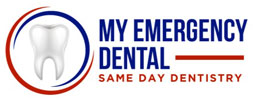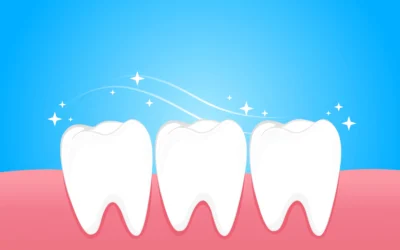Skydiving
Hockey
Football
A Serious Game of Dodgeball
There are multiple ways you can crack, break, or lose a tooth. Some stories might seem cooler than others. You can come up with a better story if you’d like, but in the end, you’ve got a broken tooth to deal with. While you are rewriting history, there are some things you should do to keep your mouth healthy. There are also some things to avoid. It’s good to know the difference!
The “To Do” List:
Act Fast
Sometimes the damage is obvious–a clear crack, a missing piece, or the tooth is completely out. But, sometimes the damage can be a little sneaky. If you get hit in the mouth and don’t see any immediate damage but feel pain or things just seem “off,” take time to give your mouth a close examination looking for small cracks. The bottom teeth are the most commonly damaged, so give that row some extra attention.
Treat the Tooth
If the pain is immediate, no need to play it tough, take some over-the-counter pain medicine. Not only can this help you, but it might also help keep the inflammation at bay. Ice will also relieve the swelling and pain.
If it is just a cracked tooth, you can pack it with some wax so that the jagged edge doesn’t scrape up the inside of your mouth.
If you lost a tooth, try to put it back in its original place. You can rinse it clean with water, but don’t scrub it or use any cleaner. If you can’t get it in the space comfortably, soak the tooth in milk or water to keep it moist.
Rinse
Rinsing your mouth with warm salt water can help clean the damaged tooth or gums. Do this as often as you can before getting treatment. Which brings us to our next point. . .
Get Treatment!
You’ve rinsed, soaked, and iced. Now, it’s time to get the professionals involved. Ideally, you will get to a dentist within thirty minutes of the accident. There are many offices that offer same day dentist appointments or emergency dental care if your regular dentist isn’t available immediately.
The “Not to Do” List
Ignore the Problem
Sure, we all like to shake it off as if nothing happened. But, something did happen and your tooth is cracked or outside of your mouth. Pretending nothing happened won’t make it go away. Our teeth are a busy part of our body and soldiering on through pain won’t pay off in the long run. A small crack can turn into an infection, which can turn into a root canal, which can turn into far more pain and money than it might have been if handled quickly.
DIY Dental
There are some over-the-counter kits available that have tools to help with a dental injury. They might include dental wax, painkillers, ice packs, etc. These can be very helpful in an emergency and can go a long way towards giving the dentist a headstart in helping your mouth heal correctly. But, DIY projects are for dressers and backsplashes, not for teeth. Patch yourself up and do what you can but head to the professionals promptly.
What the Pros Might Do
Once you get to the dentist, there are a few different procedures they might consider, depending on the nature and intensity of the injury. It’s worth familiarizing yourself with the options so they feel more familiar when the dentist brings up the different treatments.
- Bonding: For a small crack or chip, the dentist will fill in the gap with resin that matches your tooth color. If you were lucky enough to find and keep the chip, then they can attach that to your tooth with the resin and polish it all up nicely.
- Veneers: Veneers are especially for the front teeth. A veneer is basically like a false nail for a tooth, though generally, people match the color to their teeth. You might want to save the colors for your nails. A veneer is a thin layer of enamel that goes on the front of the tooth, backed up by resin to fill in the gap left by the crack or damage.
- Cap or Crown: If the piece of the missing tooth is too large for bonding, then the dentist might choose to put on a cap or a crown. Basically, this is a snug little hat for your tooth to give it a new top. The old tooth will be sanded down and a new top will be fitted. There are a variety of materials used, depending on preference and location of the tooth. A crown might mean two different trips to the dentist unless they can make the crowns on site.
- Root Canal: Don’t panic! These aren’t nearly as scary as they used to be. If the damage runs deep, then the dentist might need to do some repair work to the root or the pulp before fitting your tooth with a cap or crown. Getting care quickly can go a long way in avoiding this option. Prompt care lowers the chance of infection which means the dentist won’t have to dive deep before capping it off.
There are hundreds of ways to crack a tooth. Some are more fun than others. But, however it happens, what you do in the immediate aftermath can make a big difference in your pain and the long-term health of your teeth. Choose wisely and take care of yourself.



